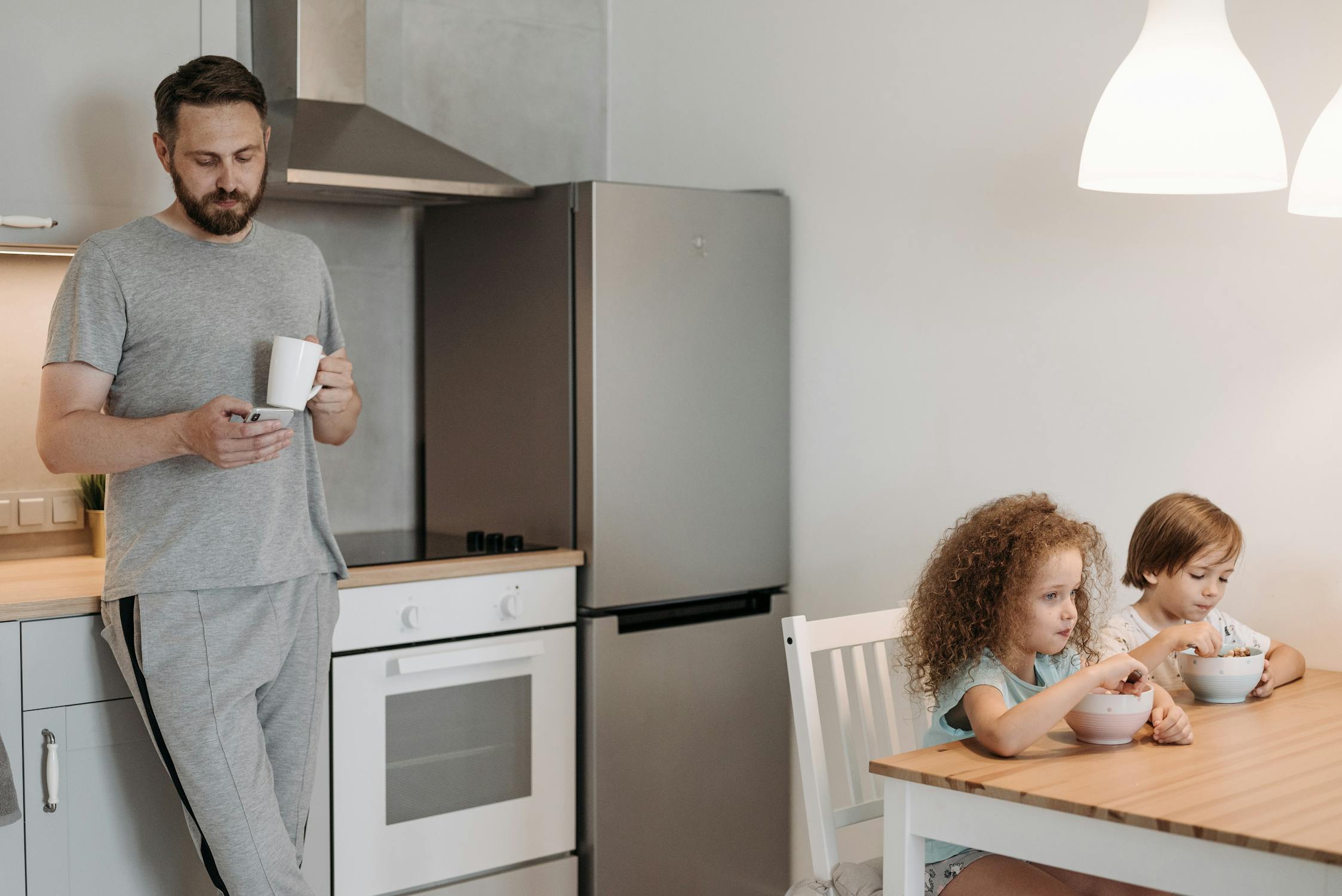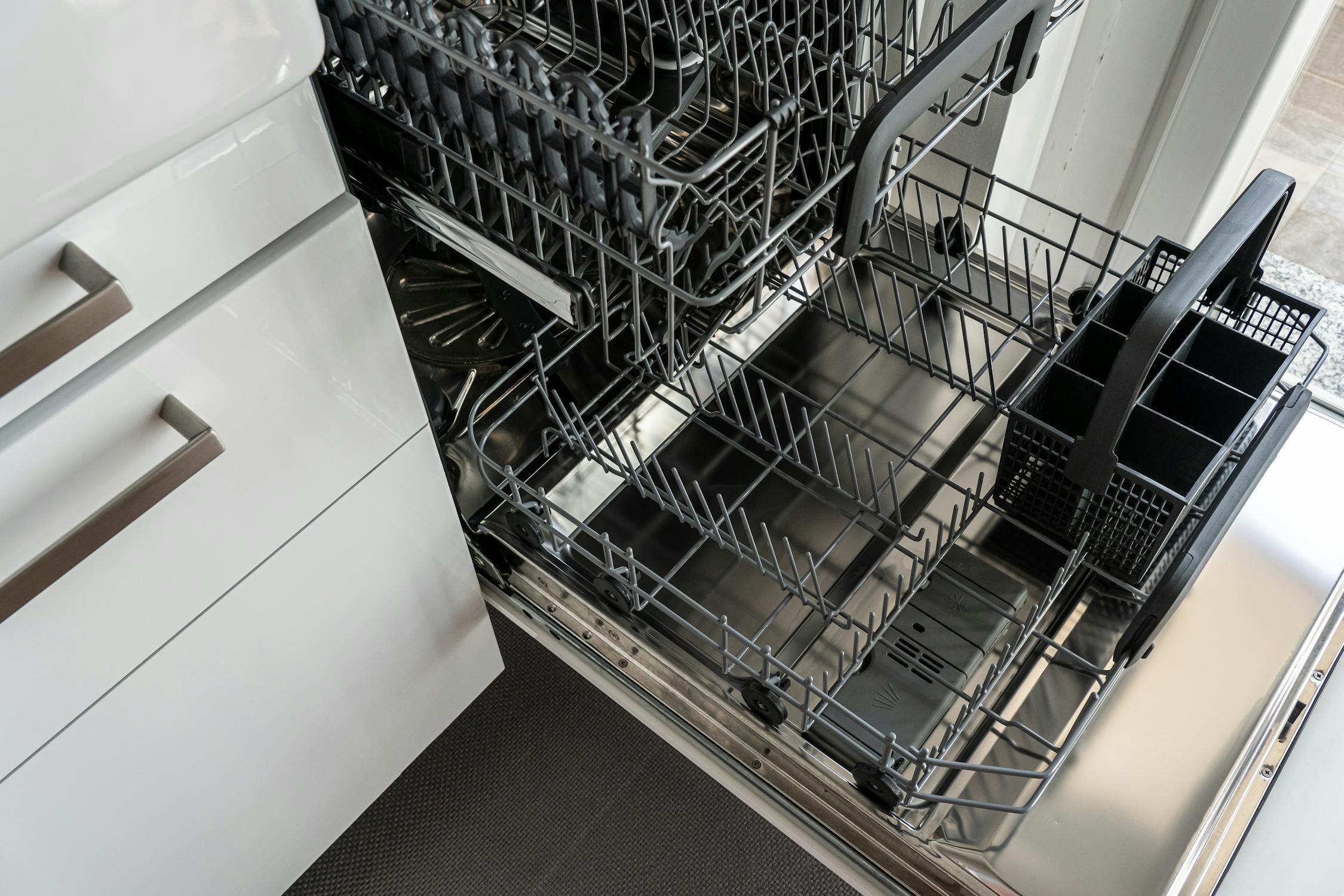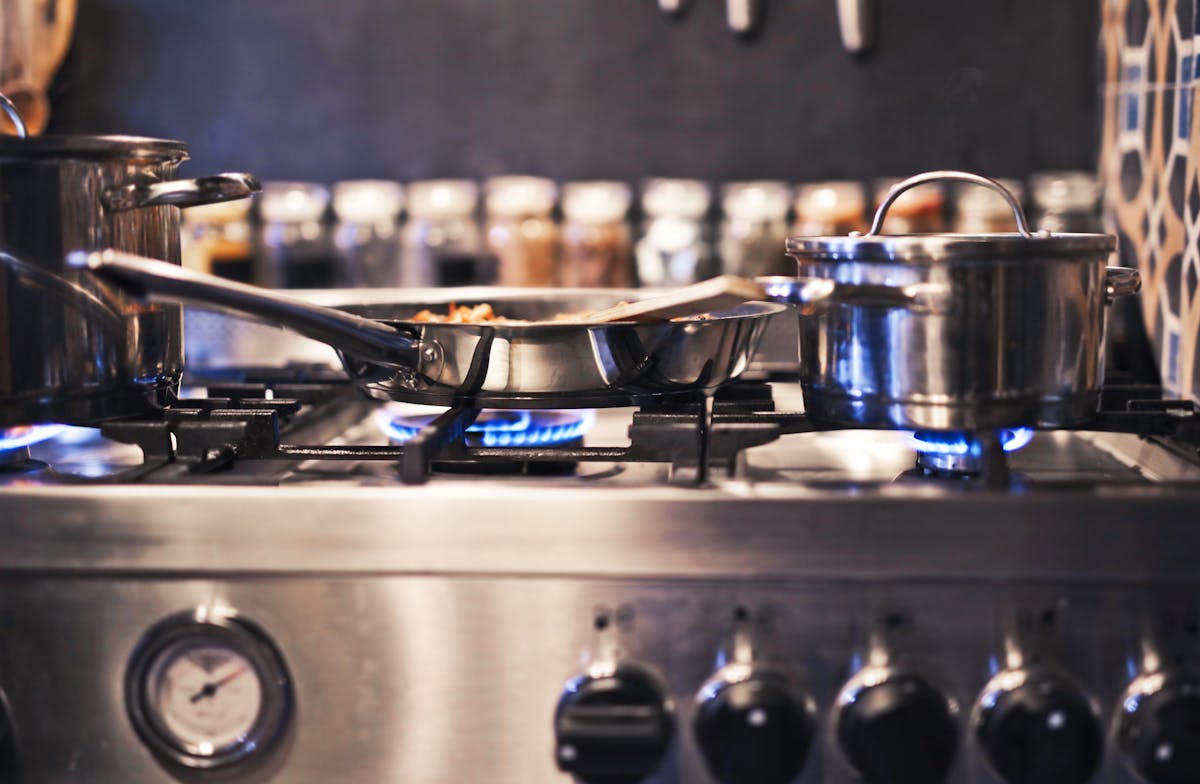Unexpected fridge dangers are more common than many realize. In this article, we explore hidden risks associated with one of your most essential kitchen appliances. From incidents like exploding soda cans and refrigerant leaks to the hazards of DIY repairs and outdated units, each section sheds light on a unique threat. The aim is to provide clear, practical advice so you can take steps to minimize these risks. Regular upkeep and vigilance can help you catch issues before they escalate. With informed maintenance, you can keep your kitchen running smoothly and securely.
1. The Boy from China Who Got 38 Stitches

In one unforgettable incident, a young boy in China experienced firsthand one of the most dramatic examples of unexpected fridge dangers. He had placed a soda can in the freezer to cool it quickly, only to find out that the expansion of the liquid had built up dangerous pressure inside the can. When he later opened it, the can exploded in his face, resulting in a severe laceration that required 38 stitches. This shocking accident not only left him with scars but also served as a stark warning to others about the risks of freezing carbonated beverages. The boy’s ordeal reminds us that even everyday actions can lead to dangerous outcomes if we are unaware of the risks. It also underscores the importance of proper appliance use and monitoring to prevent accidents. Incidents like this are a clear example of unexpected fridge dangers that can have lasting consequences. Always think twice before placing carbonated drinks in the freezer, and educate your family about these hazards to avoid similar mishaps.
2. Refrigerant Leaks and Toxic Exposure

Beyond the dangers of explosive beverages, refrigerators can also pose serious risks through refrigerant leaks. Refrigerants, such as isobutane or freon, are essential for cooling your fridge but can be toxic if they escape into your home. A small leak may not immediately cause visible problems, but prolonged exposure to these chemicals can lead to headaches, dizziness, and in extreme cases, respiratory issues. This is particularly insidious because the gas is often odorless and invisible, making it hard to detect until symptoms develop. A faulty seal, damaged compressor, or corrosion in the cooling system can all be sources of a refrigerant leak. Regular maintenance and inspection of your refrigerator’s components can help spot early signs of deterioration. If you suspect a leak—whether due to unusual smells, a drop in cooling performance, or the presence of frost where it shouldn’t be—it’s essential to call a professional immediately. Timely repairs not only restore your appliance’s efficiency but also protect your health. Being proactive in maintaining your refrigerator is key to preventing toxic exposure and minimizing these unexpected fridge dangers.
3. Refrigerator Explosions

Though rare, the explosion of an entire refrigerator is a terrifying possibility. Faulty components, gas leaks, or a malfunctioning compressor can create conditions where a fridge turns into a pressure bomb. When the refrigerant gas builds up and ignites—often due to a spark from faulty wiring—the result can be a violent blast that damages not only the appliance but also nearby property. This scenario represents one of the most extreme examples of unexpected fridge dangers that few of us ever consider. Regular maintenance, such as cleaning the coils and checking for damaged parts, can help reduce these risks. Many modern refrigerators have built-in safety features, but older models may not. If you ever notice any odd smells, unusual sounds, or fluctuating temperatures, it’s critical to have your appliance inspected immediately. Don’t wait for a disaster to occur; proactive care is the best defense against such dangerous malfunctions.

4. Food Poisoning from Incorrect Temperatures

A refrigerator’s main role is to keep food fresh, yet when its temperature control fails, it can become a breeding ground for bacteria. If the internal temperature rises above 40°F (4°C), harmful microorganisms like Salmonella or Listeria can multiply rapidly, leading to food poisoning. This is another form of unexpected fridge dangers that strikes silently, as spoiled food might look perfectly normal on the outside. Faulty thermostats, improper door seals, or overcrowding can all contribute to uneven cooling. The risk is compounded when items are left in the fridge for too long or when the door is frequently opened, causing fluctuations in temperature. Regularly checking your fridge’s temperature with an appliance thermometer can help ensure that your food remains safe. Additionally, organizing your fridge so that air can circulate freely is key to preventing hotspots that encourage bacterial growth. Awareness and routine maintenance can mitigate these risks significantly.
5. Falling Refrigerators

Refrigerators are heavy, and if they become unstable, the risk of a catastrophic fall is very real. During moves or even routine maintenance, a fridge can tip over unexpectedly, posing a severe threat to anyone nearby. This potential hazard is one of the unexpected fridge dangers that many overlook until an accident occurs. A falling refrigerator can cause crushing injuries, broken bones, or worse, especially in homes with small children. The risk increases if the appliance is not properly secured or if its weight distribution is altered by removing heavy items from one side. It is essential to follow proper moving techniques and use equipment like dollies and straps to secure the fridge during transport. Additionally, check that your refrigerator is level and consider anchoring it to the wall if possible. By taking these precautions, you can greatly reduce the likelihood of this dangerous incident.
6. Trapped Inside an Old Fridge

Older refrigerators, especially those that are no longer in use, can present a serious risk if someone climbs inside. In the past, many fridges featured heavy, self-latching doors that could not be opened from the inside, posing a suffocation hazard. I remember watching an episode of Punky Brewster where her friend Cherie got stuck in an old fridge, and that incident truly traumatized an entire generation—including myself—as it vividly illustrated the dangers of these appliances. The episode drove home the lesson that curiosity and an outdated appliance can combine to create a life-threatening situation. There have been cases where curious children entered old fridges and became trapped, sometimes with tragic outcomes, emphasizing the importance of modifying or properly disposing of these outdated units. Homeowners must be vigilant about the storage of old or discarded appliances, especially in garages or basements where children might play, and ensure that these devices are safely dismantled. Educating family members about the risks associated with climbing into unused appliances is also essential. This cautionary tale, both real and fictional, reminds us that any non-functional fridge should be treated as a potential hazard until it is either upgraded or properly disposed of.
Read More: Throw Out These Kitchen Items (Today!)

7. DIY Fridge Repair Accidents

Trying to repair your fridge by yourself may seem like a great way to save money, but it can be very risky. Many people have hurt themselves when attempting DIY fixes, facing dangers such as exposed wiring, sharp edges, and heavy parts. Without proper training, you might not know how to handle the refrigerant or other delicate components safely. Using the wrong tool or technique can cause chemical burns, toxic exposure, or even electrocution. These accidents are a clear example of unexpected fridge dangers that can arise from untrained repair attempts. It’s best to call a professional for any refrigerator issues, as they have the knowledge and equipment to handle repairs safely. This simple step can protect you from the hazards of DIY repairs and ensure that your appliance is fixed correctly.
8. Mold and Bacteria Growth

While refrigerators are designed to preserve food, they can sometimes become a breeding ground for mold and bacteria if not properly maintained. Moisture, spills, and food residue can accumulate in hidden corners, leading to an environment where harmful microorganisms thrive. This is another example of unexpected fridge dangers that can have serious health implications. Mold on door seals or in drip pans not only produces unpleasant odors but can also trigger allergies and respiratory issues. Bacteria such as Listeria may develop even at low temperatures if the appliance isn’t functioning correctly. Regular cleaning and proper organization of your fridge can minimize these risks. Always wipe up spills immediately and discard expired or questionable items. Using natural cleaning agents like vinegar can help reduce microbial growth without leaving harmful residues. Maintaining a clean refrigerator is essential not only for food safety but also for preventing an environment that fosters disease. Awareness of these risks and consistent cleaning practices can ensure that your appliance remains a safe place for storing food.
Read More: 10+ Foods Most Likely to Be Contaminated with Microplastics
9. Other Appliances: Dishwasher Dangers

Dishwashers have become a staple for modern convenience, but they can also be a source of danger. These machines use a combination of water, heat, and electricity, which can lead to hazardous malfunctions if not properly maintained. Leaks from hoses or seals might not only cause water damage but also create a slippery floor that increases the risk of falls. Moreover, electrical components can malfunction, leading to a risk of short circuits or even small fires. Regularly inspect your dishwasher for signs of wear and tear, and ensure that the hoses and filters are free from blockages. It’s important to clean and maintain the appliance according to the manufacturer’s instructions, as neglect can turn a helpful tool into an accident waiting to happen. Although dishwashers are generally safe when functioning correctly, they remind us that even the most benign-seeming appliances require vigilance. Keeping an eye on any unusual sounds or leaks can prevent accidents before they escalate.

10. Other Appliances: Microwave Oven Mishaps

Microwave ovens are prized for their speed and convenience, yet they can also become hazardous under certain conditions. One significant risk is fire: placing metal objects or inappropriate containers in a microwave can cause sparks and even small explosions. The buildup of steam inside sealed containers may lead to sudden bursts that scald or injure anyone nearby. Furthermore, overheating certain foods can create dangerous hot spots, potentially causing burns when the food is removed. Regularly inspect your microwave for any damage to its door seal or interior surfaces, as these are often early signs of wear. It’s important to use only microwave-safe containers and to follow recommended cooking times to avoid accidents. These mishaps highlight that even a routine kitchen appliance can pose serious risks if misused. The lessons here are similar to those of the fridge—careful attention and proper use can prevent many unexpected dangers. Always read the manual and adhere to safety guidelines to keep your microwave functioning safely.
11. Other Appliances: Kitchen Stove Fires and Burns

The stove is often the centerpiece of a busy kitchen, yet it remains one of the most dangerous appliances due to its open flames or high heat elements. Whether it’s an electric or gas model, improper use or faulty equipment can quickly lead to fires or severe burns. Overheated pans, unattended burners, or a simple grease buildup can spark a fire that escalates rapidly. In addition to the immediate burn risks, stoves can contribute to carbon monoxide hazards when gas is involved. Regular cleaning and maintenance, along with proper use of fire extinguishers, are essential to minimize these risks. Preventative measures, such as installing anti-tip brackets on ranges and ensuring proper ventilation, can also make a significant difference. Being aware of the potential for unexpected dangers in the kitchen helps you take precautions before a small mistake turns into a disaster. Safety around the stove means staying vigilant, keeping flammable materials away, and never leaving cooking unattended. This attention to detail can help safeguard your kitchen and your loved ones from potential harm.

Final Thoughts

In conclusion, understanding the hidden risks of your refrigerator is key to preventing accidents and ensuring a secure home environment. We’ve examined various hazards, from explosive incidents to repair mishaps, each serving as a reminder of the importance of regular maintenance and professional assistance when needed. Staying informed about these issues empowers you to take proactive measures and safeguard your family. Remember that small precautions can make a big difference in reducing potential hazards. Consistent checks and proper care not only extend the life of your appliance but also contribute to overall household safety. A secure kitchen is built on the foundation of routine inspections and timely repairs. By being proactive, you transform potential problems into manageable tasks and maintain a worry-free home.